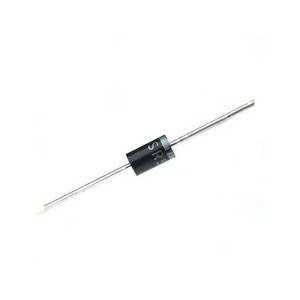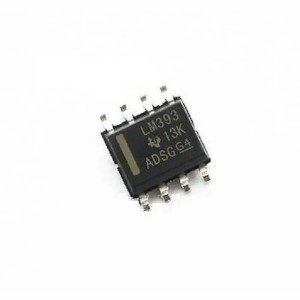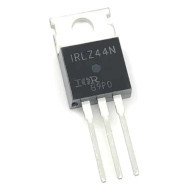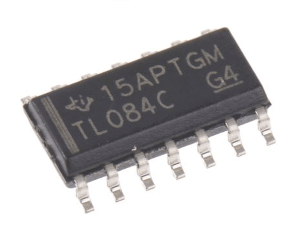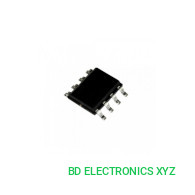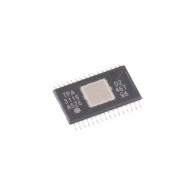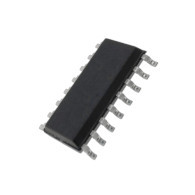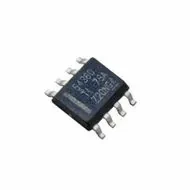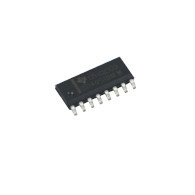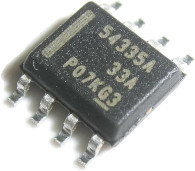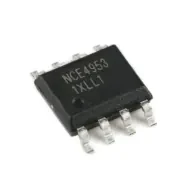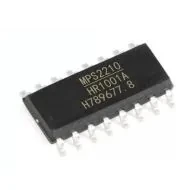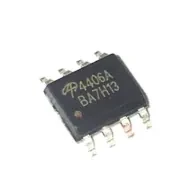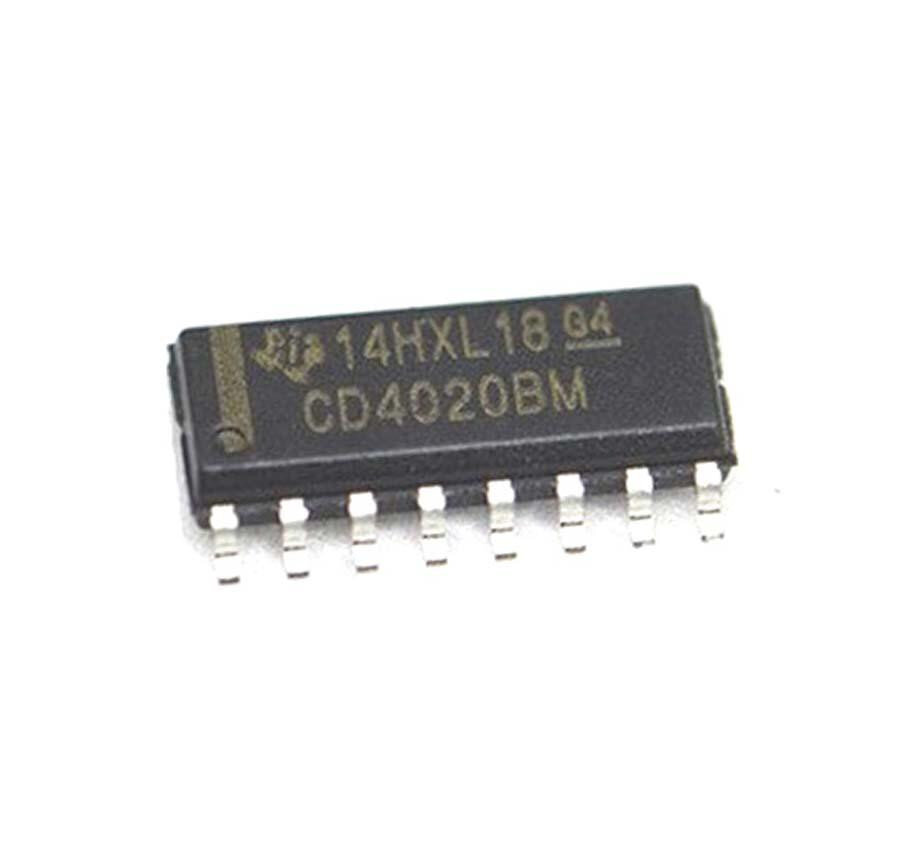

CD4020BM 14-Stage Binary/Ripple Counter IC
Inhouse product
Reviews & Ratings
The CD4020BM is a 14-stage binary ripple counter IC, commonly used in digital circuits for counting purposes. It is a part of the CD4000 series of CMOS (complementary metal-oxide-semiconductor) logic ICs, which are widely used in various applications for their low power consumption and wide operating voltage range.
Key Features:
- 14-Stage Binary Ripple Counter: The IC has 14 flip-flops arranged in a binary counter format. It can count from 0 to 16,383 (2^14 - 1).
- Ripple Counter Design: It operates as a ripple counter, meaning the output of one flip-flop is connected to the clock input of the next flip-flop. This gives the ripple effect and can lead to slower response times as each stage has to propagate its state to the next one.
- Asynchronous Operation: The stages of the counter are clocked by an external signal, with each flip-flop triggering the next on the rising or falling edge of the clock pulse.
- Wide Voltage Range: It typically operates over a voltage range of 3V to 18V.
- Low Power Consumption: CMOS technology ensures that the IC draws minimal current when idle.
- High Noise Immunity: The IC can work in noisy environments, which is beneficial in industrial or automotive applications.
Pinout:
The CD4020BM has 16 pins, with the following typical function:
- Clock Input (Pin 1): The clock input that controls the counter.
- Q Outputs (Pins 2 to 14): The binary counter outputs, with Q0 representing the least significant bit (LSB) and Q13 being the most significant bit (MSB).
- Reset (Pin 15): This input, when triggered, clears the counter to zero.
- VSS (Pin 8): Ground.
- VDD (Pin 16): Supply voltage.
Applications:
- Time Delay Circuits: It can be used in generating time delays for applications like timers or clocks.
- Frequency Division: Can divide input clock frequencies by large factors due to its 14-stage nature.
- Event Counting: Used in counting events like pulses in systems where high counts are required (e.g., mechanical counters, data acquisition systems).
- Digital Logic Circuits: It can be used as a building block in more complex digital systems.
Frequently Bought Products
HR1001A LLC Controller IC
Product Queries (0)
Login Or Registerto submit your questions to seller
Other Questions
No none asked to seller yet
